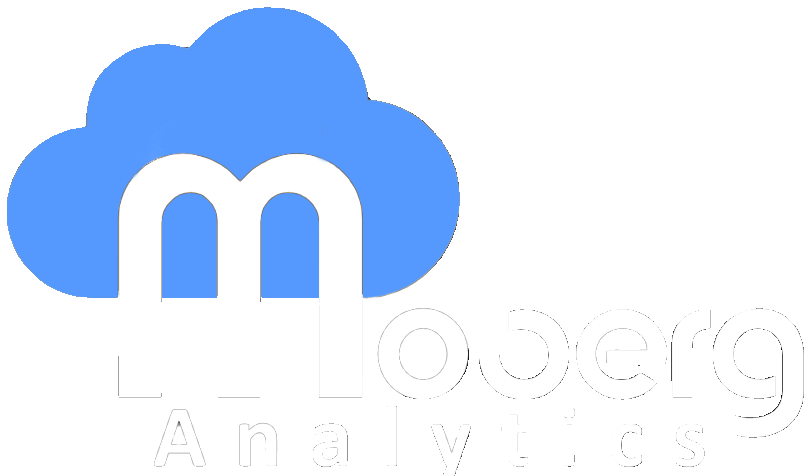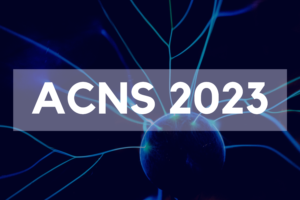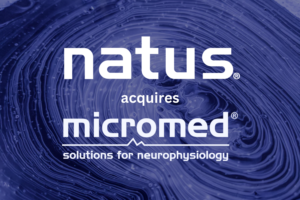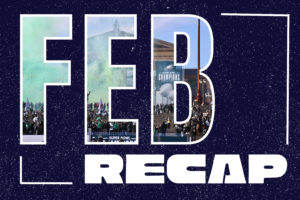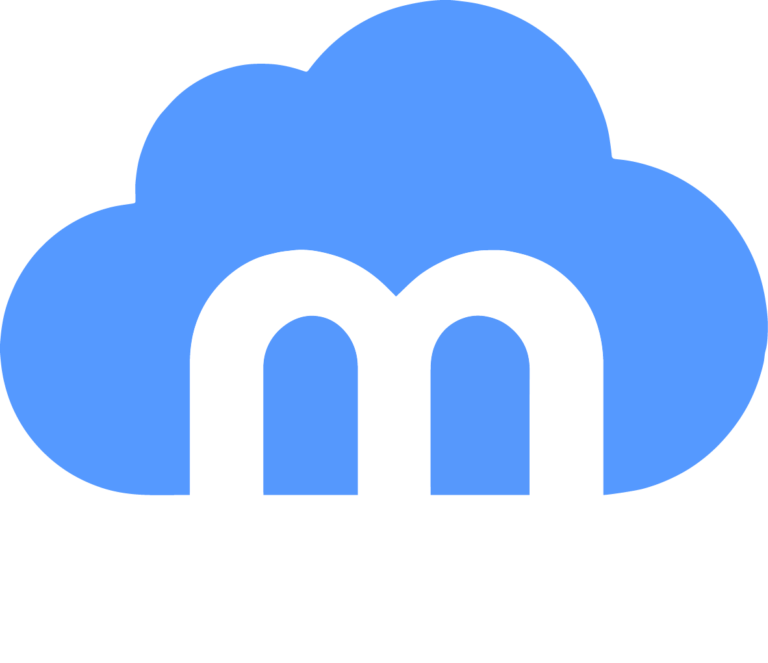The pace of AI advancement is accelerating at an unprecedented rate. A recent report from METR, a research nonprofit focused on evaluating the capabilities and risks of frontier AI systems, reveals that the length of tasks these models can reliably complete (at a 50% success rate) has been doubling every seven months for the past six years, with some analyses showing a doubling as fast as every three months. Extrapolate that trend, and within a few years, AI could autonomously tackle week-long software projects—tasks that currently demand days of human effort.
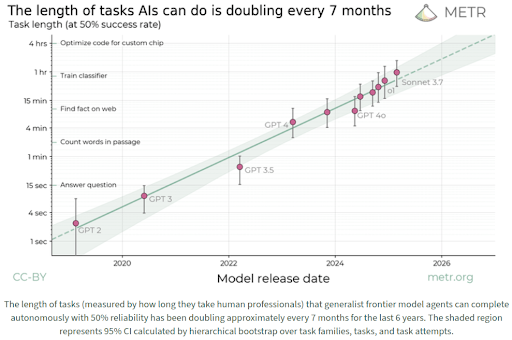
The length of tasks (measured by how long they take human professionals) that frontier model agents can complete autonomously with 50% reliability. The shaded region represents a 95% confidence interval.
This exponential growth isn’t confined to coding or math. Epoch AI, a multidisciplinary research institute investigating AI’s societal and economic impacts, developed the Growth and AI Transition Endogenous (GATE) model to forecast how compute investment drives automation, which in turn fuels production in a self-reinforcing loop. Their conservative estimate predicts a staggering >30% year-over-year growth in gross world product by 2045, with global compute investment potentially reaching 10% of GDP—a 50-fold increase over today. The economic implications of such rapid automation would be profound, potentially reshaping industries and labor markets at an unprecedented pace.
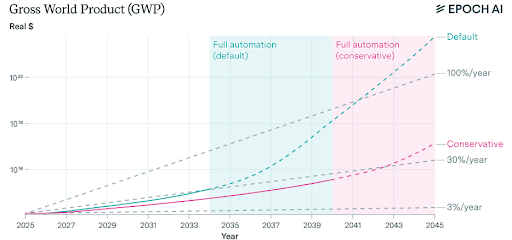
Gross World Product (GWP) projections from Epoch AI’s GATE model
The real-world impact of this acceleration is already emerging in scientific research. Google’s AI co-scientist, a multi-agent system built on Gemini 2.0, mirrors the scientific method by deploying specialized agents to generate novel hypotheses and research proposals. In one case, it proposed drug repurposing candidates for acute myeloid leukemia (AML) by sifting through literature, with several molecules later validated experimentally, inhibiting tumor viability at clinically relevant concentrations. Another application identified epigenetic targets for liver fibrosis, showing significant anti-fibrotic activity in human hepatic organoids (p-values <0.01), with results pending publication by their collaborators at Stanford.
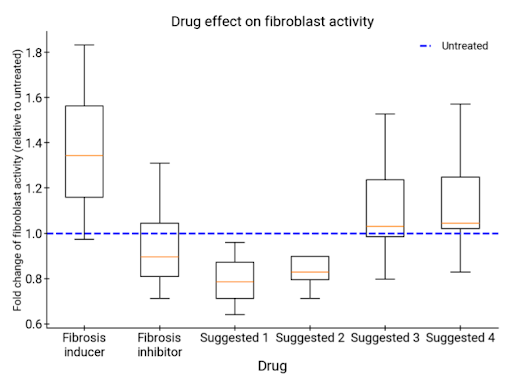
Comparison of treatments derived from AI co-scientist-suggested liver fibrosis targets versus a negative control (fibrosis inducer) and a positive control (fibrosis inhibitor).
But these projections and early successes come with significant caveats. METR’s trend could falter if task complexity outpaces model improvements, and their metric focuses primarily on software tasks, leaving uncertainty about broader domains. Epoch’s GATE model assumes AI can perfectly substitute human labor across all tasks, a simplification that overlooks real-world bottlenecks like the need for physical robotics. Google’s AI co-scientist, while promising, requires broader validation across diverse research goals, as the authors note, to ensure its reliability in high-stakes applications. These limitations remind us that while the trajectory is steep, it’s not a guaranteed path—unforeseen technical or societal hurdles could slow or redirect progress.
In healthcare, and particularly in neuromonitoring, these advancements could open new possibilities. The AI co-scientist’s ability to propose drug repurposing candidates for AML or identify epigenetic targets for liver fibrosis could extend to neurological disorders, where sifting through vast literature to find novel treatments is a daunting task. Imagine applying this to traumatic brain injury research: hypothesis generation at scale could uncover new therapeutic routes, compressing weeks of human effort into hours and accelerating the pace of discovery in a field that thrives on complex data analysis.
The signal is clear: AI capability is on an exponential trajectory, reshaping how we work and innovate. Yet the path forward remains uncertain. If these trends hold, what does your day-to-day look like in five years? How will neuroscience and healthcare adapt to this relentless pace of change?
